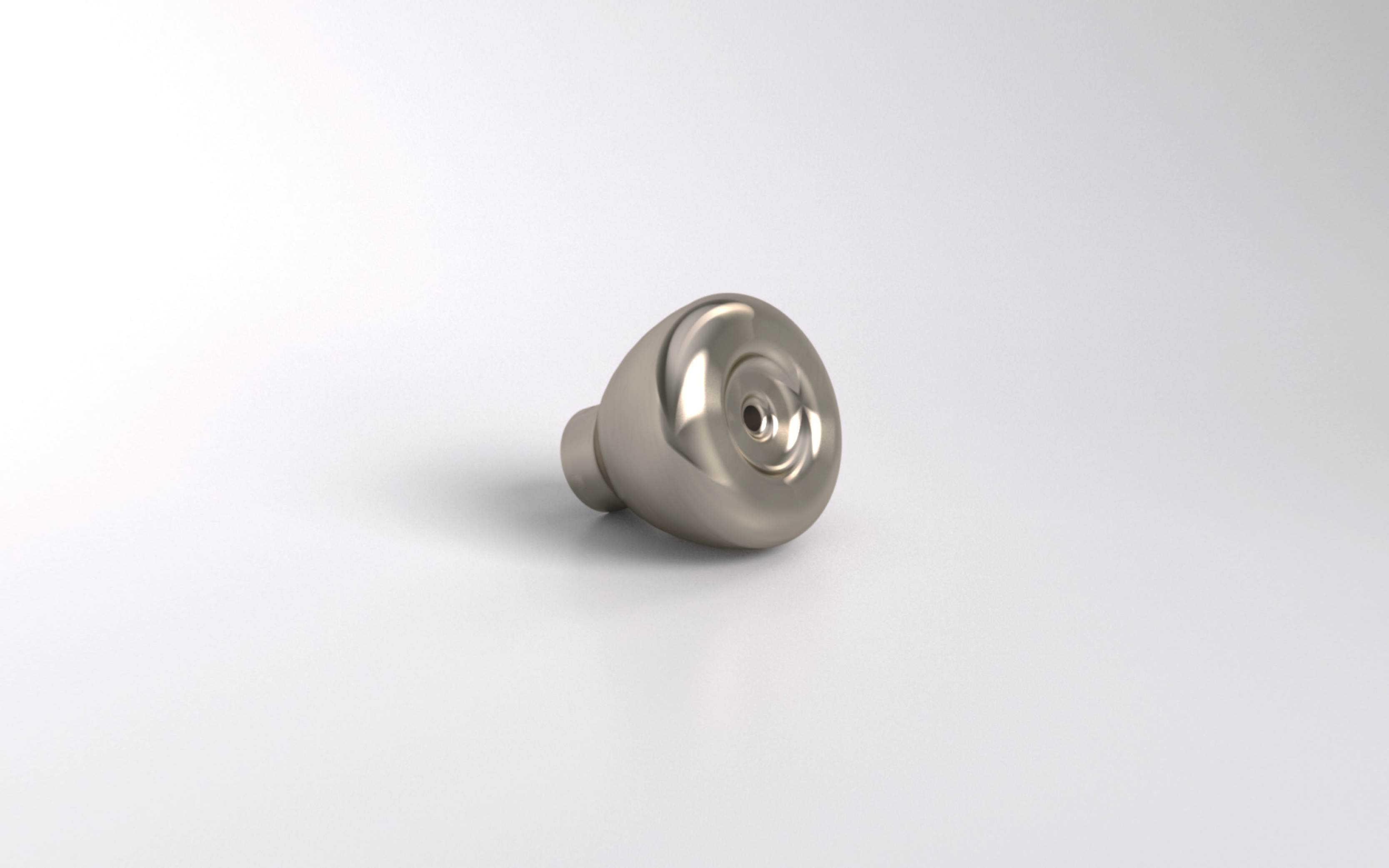Now we are about to open the door on a promising 2025, we are wondering how doorknobs and handles are made. Such routine, essential items are on the market in a wide range of styles: from the most classic designs to the most modern. There are various types of manufacturing processes for doorknobs and handles that we will look at below.
Doorknobs: materials, types, and industrial processes
A doorknob is an essential accessory for opening and closing doors. The market offers different designs of door handles, such as door handles on backplates, door handles on round rose, door handles or knobs and door pulls, there are a range of styles of doorknobs, including the following:
- Fixed doorknobs. Used mainly as decorative elements.
- Sprung doorknobs. With a mechanism to activate locks.
- Electronic doorknobs. Access using an electronic system.
In general terms, knobs and handles are usually manufactured with varied materials, such as brass, due to its resistance and decorative colour, stainless steel (ideal for damp environments), aluminium or zamak - a cheap and versatile alloy. The manufacturing processes in the industry for producing doorknobs include the following:
- Hot forging. This process consists in deforming a circular section brass bar, heating it to approximately 750ºC. When the desired temperature has been reached, the bar is placed in a specific mould, which is then closed so the hot material can expand and take on the shape of the mould. The mould is compressed under enormous force, not only moulding the shape but also regulating the hardness of the piece as well.
- Lost wax smelting. This is one of the most ancient and traditional techniques and is used for pieces with a complex design. Firstly, a wax model is made with the exact shape of the desired handle. On this model a disposable ceramic mould is created. Then the melted metal is poured into the mould which breaks when the metal solidifies. It is a slow and costly process due to the customisation, but it is ideal for manufacturing complex pieces.
- Production in earth mould for low outputs, and parts that are not highly detailed, production in earth mould is perfectly suitable. A mould is made from pressed earth and clay, based on a model. Then melted metal is poured into the mould.
- High pressure injection. In this case melted metal is injected at high pressure into a high precision metal mould. This process is ideal for mass production or when other methods are not suitable. A point to consider is that the pieces may not have the same hardness as they would using other techniques.
- CNC turning. Turning is done with CNC lathes, and it is an ideal option for manufacturing doorknobs and handles. This process provides highly precise, quality results, and the versatility of the machines enables all sorts of door handle and doorknob designs.
- CNC milling. With machining centres or a CNC lathe, milling uses tools that rotate over their own axis to shape the pieces. This is a good method for components with complex geometries.
Each of these methods can chose for manufacturing door handles depending on the design, amount and desired properties and there are various methods for the finishing process: PVD, cataphoretic coating, powder painting, diamond polishing... It is vitally important to commit to advanced technology when manufacturing door knobs and handles because not only does it improve the quality of the products, but it also reinforces customers' trust.
Open the door to the TTS Series
CNC lathes are a very appropriate option for the production of doorknobs and handles, because they can be used for both turning and milling operations with extremely high precision. If you are looking for an ally for your production process, the TTS series can open many doors for you 😉 Specifically, the TTS-46-46-T1Y-T2Y is a multi-turret lathe that adapts to production needs because it is designed for mass production. Its movements on the X2 and Z3 axes permit exclusive features, such as the option to include counterpoint, work with three tools simultaneously or machine longer pieces.
In 2025 we intend to open a lot of doors, are you coming with us?

